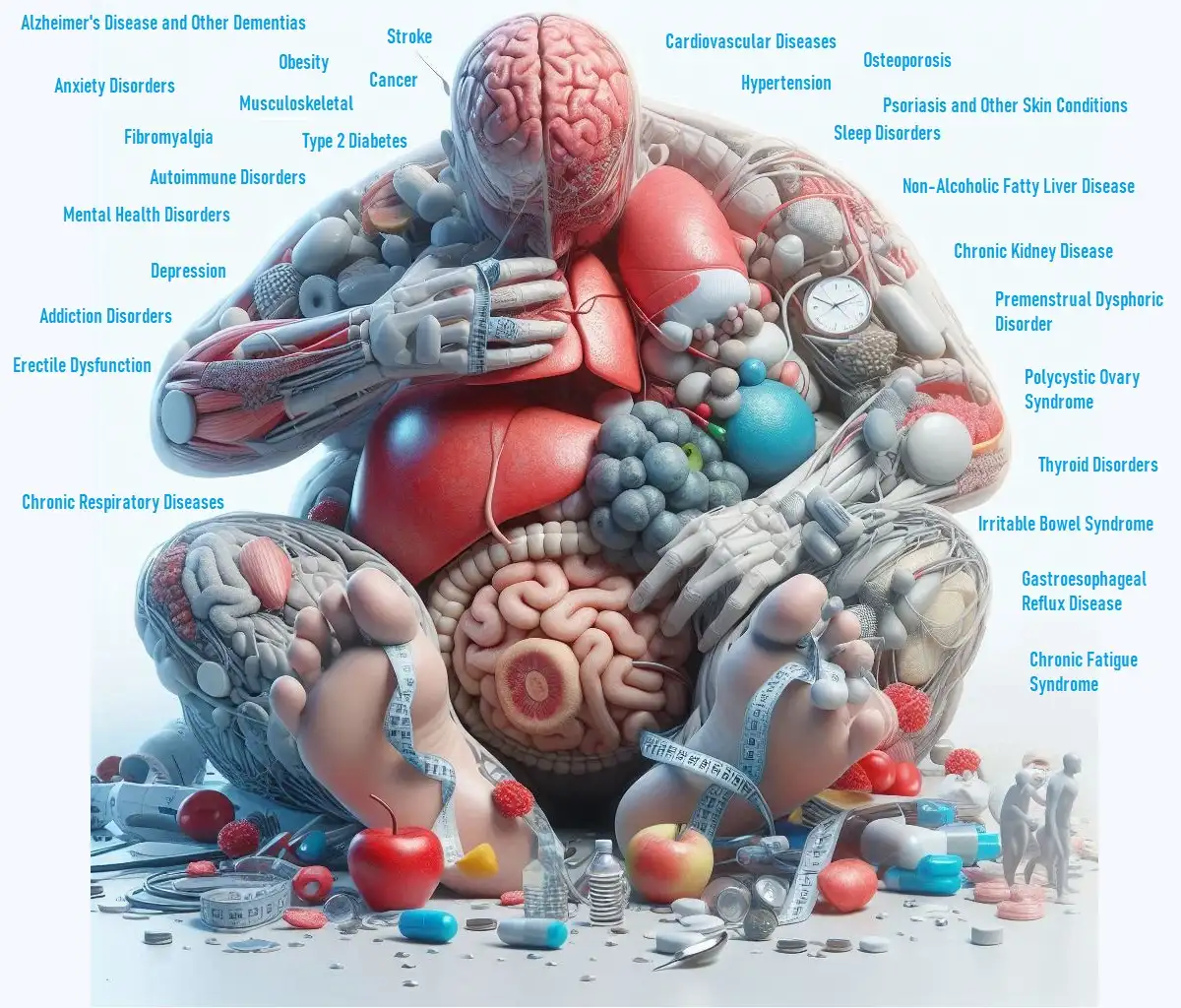
Strokes are a significant health concern, affecting millions of people worldwide. Understanding the risk factors and management strategies can be crucial for reducing the risk of stroke and improving recovery outcomes. This guide will explore the impact of atrial fibrillation on stroke risk, the role of omega-3 fatty acids, the connection between stroke and post-stroke depression, the influence of hypertension, and the importance of rehabilitation in stroke recovery.
Key Takeaways
- Atrial Fibrillation and Stroke Risk: Atrial fibrillation significantly increases the risk of stroke, but effective management can reduce this risk.
- Omega-3 Fatty Acids: These essential fats can help prevent strokes by improving heart health.
- Post-Stroke Depression: Depression after a stroke is common but manageable with the right support.
- Hypertension and Stroke: High blood pressure is a major risk factor for stroke; controlling it is crucial.
- Rehabilitation: Effective rehabilitation plays a key role in recovering from a stroke and regaining independence.
Impact of Atrial Fibrillation on Stroke Risk
What is Atrial Fibrillation?
Atrial fibrillation (AFib) is an irregular and often rapid heart rate that can increase your risk of stroke. It disrupts the normal rhythm of the heart, leading to poor blood flow and the potential formation of blood clots.
How AFib Increases Stroke Risk
- Blood Clot Formation: The irregular heartbeat caused by AFib can lead to the formation of clots in the heart. These clots can travel to the brain, causing a stroke.
- Reduced Blood Flow: AFib impairs the heart’s ability to pump blood effectively, increasing the risk of stroke.
Managing AFib to Reduce Stroke Risk
- Medications: Anticoagulants (blood thinners) are commonly prescribed to reduce the risk of clots and stroke.
- Regular Monitoring: Regular check-ups with your healthcare provider to monitor your heart rhythm and adjust treatments as needed.
- Lifestyle Changes: Adopting a heart-healthy lifestyle, including a balanced diet and regular exercise, can help manage AFib.
Role of Omega-3 Fatty Acids in Stroke Prevention
Benefits of Omega-3 Fatty Acids
Omega-3 fatty acids are essential fats that have numerous health benefits, including reducing the risk of stroke.
- Heart Health: Omega-3s help lower blood pressure, reduce cholesterol levels, and prevent heart disease—all of which can lower stroke risk.
- Anti-Inflammatory Effects: They also have anti-inflammatory properties that may protect blood vessels and reduce stroke risk.
Incorporating Omega-3s into Your Diet
- Dietary Sources: Include more omega-3 rich foods in your diet, such as fatty fish (like salmon and mackerel), flaxseeds, and walnuts.
- Supplements: If you’re not getting enough omega-3s from food, consider taking a high-quality fish oil supplement, but consult your healthcare provider first.
Stroke and Post-Stroke Depression
Understanding Post-Stroke Depression
Depression after a stroke is common and can affect your recovery process. It can result from the stroke’s impact on the brain and the emotional toll of dealing with a significant health event.
Symptoms and Effects
- Emotional Symptoms: Feelings of sadness, hopelessness, and loss of interest in activities you once enjoyed.
- Physical Symptoms: Changes in appetite, sleep disturbances, and fatigue.
Managing Post-Stroke Depression
- Professional Support: Seek help from mental health professionals who can provide counseling or therapy.
- Medication: Antidepressants may be prescribed to help manage symptoms.
- Support Systems: Engage with family and support groups to help manage emotional challenges and improve recovery.
Impact of Hypertension on Stroke Incidence
The Connection Between Hypertension and Stroke
High blood pressure, or hypertension, is a major risk factor for stroke. It can damage blood vessels, making them more likely to rupture or become blocked.
How Hypertension Contributes to Stroke
- Increased Pressure: Chronic high blood pressure puts additional stress on blood vessels, increasing the risk of stroke.
- Atherosclerosis: Hypertension contributes to the buildup of plaque in the arteries, which can lead to blockages and strokes.
Managing Hypertension to Prevent Stroke
- Lifestyle Changes: Adopt a heart-healthy diet, exercise regularly, and reduce sodium intake.
- Medications: Take prescribed blood pressure medications consistently to keep your blood pressure in check.
- Regular Monitoring: Regularly check your blood pressure and work with your healthcare provider to manage it effectively.
Role of Rehabilitation in Stroke Recovery
Importance of Rehabilitation
Rehabilitation is essential for stroke recovery. It helps individuals regain lost skills, improve physical function, and adapt to any new limitations.
Components of Effective Rehabilitation
- Physical Therapy: Focuses on improving movement, strength, and coordination. This can involve exercises, gait training, and muscle strengthening.
- Occupational Therapy: Helps individuals relearn daily activities and adapt their environment to support independent living.
- Speech Therapy: Assists with communication difficulties and swallowing problems that may result from a stroke.
Tips for Successful Rehabilitation
- Set Realistic Goals: Work with your rehabilitation team to set achievable goals and track progress.
- Stay Consistent: Regular participation in therapy and exercises is crucial for recovery.
- Family Support: Involve family members in the rehabilitation process to provide encouragement and support.
Conclusion
Understanding and managing the risk factors associated with stroke can significantly improve your chances of preventing a stroke and recovering effectively. From managing atrial fibrillation and hypertension to utilizing omega-3 fatty acids and engaging in comprehensive rehabilitation, these strategies can help you maintain better health and quality of life. Always consult with healthcare professionals to tailor these approaches to your individual needs and conditions.
For more information and resources, you can visit the American Heart Association and National Stroke Association. These organizations offer valuable insights and support for stroke prevention and recovery.







